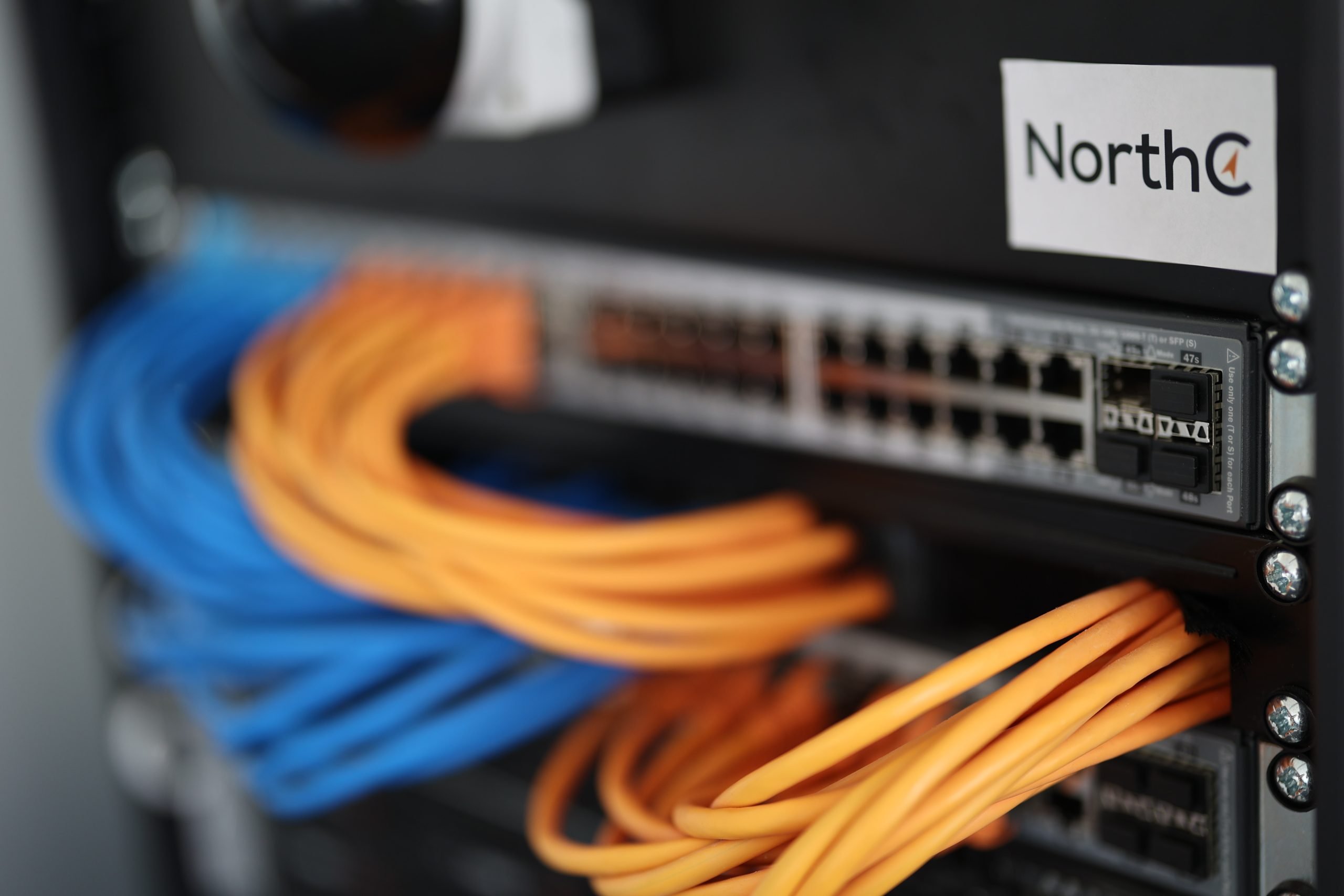Introduction:
A well-optimized server infrastructure is crucial for businesses that rely heavily on digital operations. One of the key elements that can significantly impact server performance is network connectivity. Poor network connectivity can lead to slow data transfer, downtime, and reduced overall efficiency. In this blog, we will explore the importance of network connectivity in server infrastructure and discuss ten effective ways to enhance it, ensuring your servers operate at their peak performance.
Understanding Network Connectivity in Server Infrastructure:
Network connectivity in server infrastructure refers to the ability of servers to establish and maintain reliable connections with other devices and the internet. It plays a vital role in data transmission, access to resources, and overall server performance. A well-connected server ensures seamless communication between components, delivering a smoother user experience.
The Impact of Poor Network Connectivity:
When server infrastructure suffers from poor network connectivity, several negative consequences may arise:
- Sluggish Data Transfer: Slow network connectivity can lead to delayed data transmission, causing bottlenecks and reducing the overall efficiency of your system.
- Increased Downtime: Unstable network connections can result in frequent downtime, affecting your business’s productivity and reputation.
- Inadequate Resource Access: Poor connectivity hinders access to critical resources, impacting applications and services dependent on these resources.
- Reduced Customer Satisfaction: Users may experience lag or interruptions when accessing your services, leading to dissatisfaction and potential loss of customers.
 Ten Ways to Boost Network Connectivity:
Ten Ways to Boost Network Connectivity:
- Implement Load Balancing: Distribute incoming network traffic evenly across multiple servers to avoid overloading any single server. Load balancing ensures optimal resource utilization and enhances server response times. By employing a load balancer, you can direct incoming requests to the least busy server, preventing bottlenecks and improving the overall user experience.
- Upgrade Network Hardware: Invest in high-quality network hardware, such as routers, switches, and network interface cards (NICs), to support faster data transfer rates and improve overall network performance. Modern hardware with higher bandwidth capacity and improved processing capabilities can significantly enhance data transmission speeds and reduce latency.
- Opt for Fiber Optic Cabling: Replace traditional copper cabling with fiber optic cables, as they offer higher bandwidth and lower latency, providing a more reliable and faster network connection. Fiber optic cables are immune to electromagnetic interference and can transmit data over longer distances without signal degradation, making them an ideal choice for boosting network connectivity.
- Use Content Delivery Networks (CDNs): CDNs cache and serve content from servers located closer to end-users, reducing latency and enhancing data delivery speed. By leveraging CDNs, businesses can offload some of the network traffic from their main servers, leading to improved response times and reduced strain on the infrastructure.
- Leverage Network Compression: Implement network compression techniques to reduce data size during transmission, leading to faster transfer speeds and lower bandwidth usage. Compression algorithms can significantly reduce the amount of data that needs to be transmitted, resulting in faster loading times for web pages and applications.
- Update Network Protocols: Keep your network protocols up-to-date to take advantage of the latest improvements in speed and security. Consider using IPv6, which offers better scalability and more efficient routing. Upgrading to newer network protocols ensures compatibility with modern networking technologies and facilitates faster communication between devices.
- Optimize DNS Resolution: Ensure efficient Domain Name System (DNS) resolution by using reputable DNS servers and reducing DNS lookup times, which can significantly impact page loading speeds. DNS resolution times can affect the time it takes for users to access your website or services, so optimizing DNS configuration is essential for improving network connectivity.
- Prioritize Network Traffic: Employ Quality of Service (QoS) techniques to prioritize critical network traffic, ensuring that essential applications receive sufficient bandwidth and reducing the impact of non-essential traffic. QoS allows you to allocate network resources based on the priority of different types of traffic, guaranteeing that mission-critical services perform well even during peak usage.
- Monitor and Analyze Network Performance: Regularly monitor network performance using tools like network monitoring software to identify bottlenecks and areas for improvement. By continuously monitoring network metrics, businesses can proactively address potential issues, optimize network configurations, and ensure optimal performance at all times.
- Implement Redundancy and Failover Mechanisms: Set up redundant network paths and failover mechanisms to maintain connectivity in case of hardware failures or unexpected network outages. Redundancy ensures that even if one network link or device fails, traffic can be rerouted through alternative paths, minimizing downtime and keeping your services accessible.
Conclusion:
Optimizing network connectivity is a fundamental aspect of enhancing server infrastructure efficiency and maximizing server uptime. By implementing the ten strategies outlined in this blog, businesses can experience improved server performance, reduced downtime, and better overall network connectivity. Embracing advanced server connectivity techniques will not only boost your server infrastructure’s performance but also enhance customer satisfaction and support your business growth in the long run.
Ensure your server infrastructure is optimized for the best network connectivity, and your business will reap the benefits of enhanced productivity and user satisfaction. By staying proactive and adopting the latest networking technologies, you can create a robust and reliable network environment that meets the demands of your digital operations and contributes to the success of your business.
